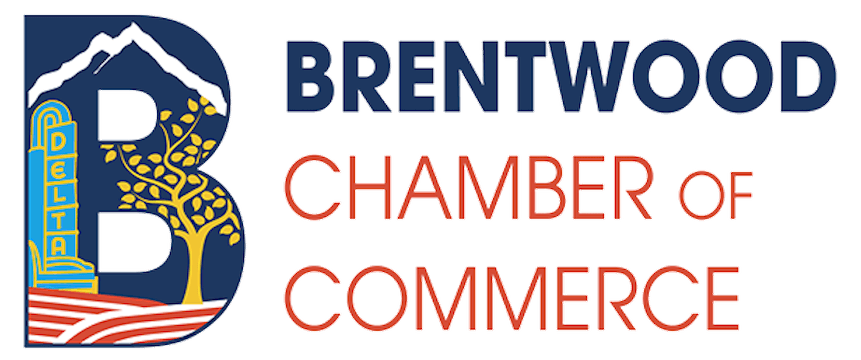You don’t need to bulldoze your business to make it more inclusive. Accessibility isn’t about tearing down your systems or launching an expensive redesign. It’s about awareness. Small, deliberate changes can radically shift who feels welcome, who can participate, and who gets left behind. The reality? A few focused moves will speak louder—and serve better—than any sweeping gesture.
Why Awareness Matters Right Now
Many business owners still believe that accessibility is a separate issue—something you deal with when you’re “big enough.” But the opposite is true. Customers form their loyalty early. And increasingly, they’re looking for signals of care and consideration, not just convenience. Making small changes to support access isn’t just ethical—it’s strategic. Businesses that recognize how accessibility drives customer trust often find that inclusion efforts correlate with loyalty and longer-term retention. Even something as simple as clearer navigation or readable font sizes can reshape how people experience your brand. You’re not solving for a niche—you’re solving for durability.
Audio Translation Tools for Inclusivity
Many small businesses still operate as if their customers only speak one language. That’s a miss. Language accessibility is no longer just a nice-to-have—it’s a signal of whether you’re prepared to serve your full community. One powerful shift? Leveraging the role of audio translator apps to convert spoken content into multiple languages. Whether it’s onboarding videos, tutorials, or marketing messages, enabling audio translation isn’t just tech—it’s a handshake with your audience. Digital tools can make it easy to experiment without committing to a full system change. You don’t need to hire a whole team or recode your content. You just need to start with one piece and one community you’re ready to serve better.
The Power of Live Transcription
Imagine trying to follow a webinar or Zoom call with low volume, fast speakers, or an unfamiliar accent. Now imagine that’s your everyday experience because of hearing loss, neurodivergence, or simply working in a noisy space. Adding live captions isn’t just a bonus—it’s relief. And it doesn’t take much to do well. Tools that provide speech-to-text services now run in real time and integrate easily with most platforms. Businesses that embed these features signal that everyone deserves a seat at the table. The truth is, real-time transcription benefits everyone—not just those who need it most. You’ll see sharper engagement, better feedback loops, and a customer experience that doesn’t punish attention spans.
Take Advantage of Incentives
If you’re worried about the cost of making your business more inclusive, don’t skip this part. There are resources designed to help you do the right thing without draining your budget. The IRS offers financial incentives—real, usable money—for accessibility upgrades. From adding captioning to improving physical spaces, these credits can offset the upfront effort. If your business has fewer than 30 employees or gross receipts under $1 million, you may qualify for the disabled access credit eligibility that covers a range of updates. Instead of viewing accessibility as an expense, start seeing it as an investment with support. Because yes, the government wants you to do this too.
Real Businesses Doing Inclusion Well
Sometimes the best proof that accessibility matters comes from watching it work. From indie coffee shops to software startups, businesses that prioritize inclusion often see surprising side effects: stronger customer loyalty, more media coverage, and higher employee satisfaction. It doesn’t take a viral campaign to get there. Small choices add up—adding alt text to images, offering forms in plain language, training staff to recognize accommodation needs.
Engaging Diverse Learners Simply
If your business involves education, marketing, or training, you’re already a content creator. And every piece of content you produce either helps people learn—or pushes them away. Adding captions and subtitles isn’t just for the hearing impaired. It’s for people watching on mute, second-language speakers, or anyone needing to pause and digest. Subtitles also improve retention and replay value. Whether you're posting on Instagram, running a YouTube channel, or embedding videos on your site, subtitles improve content clarity. That clarity builds trust. And trust builds business.
You don’t have to be perfect. You just have to care enough to act. Accessibility isn’t a project—it’s a posture. It’s how you show your customers, employees, and partners that you’re paying attention. And it doesn’t take a major overhaul to start. Begin with what you already offer. Make it more open. More clear. More welcoming. The rest follows.


